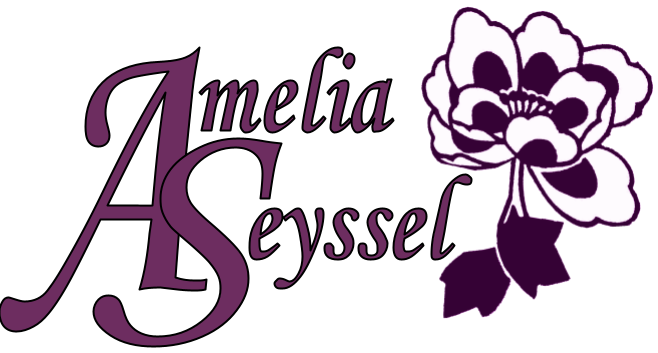 Lyric Coloratura |
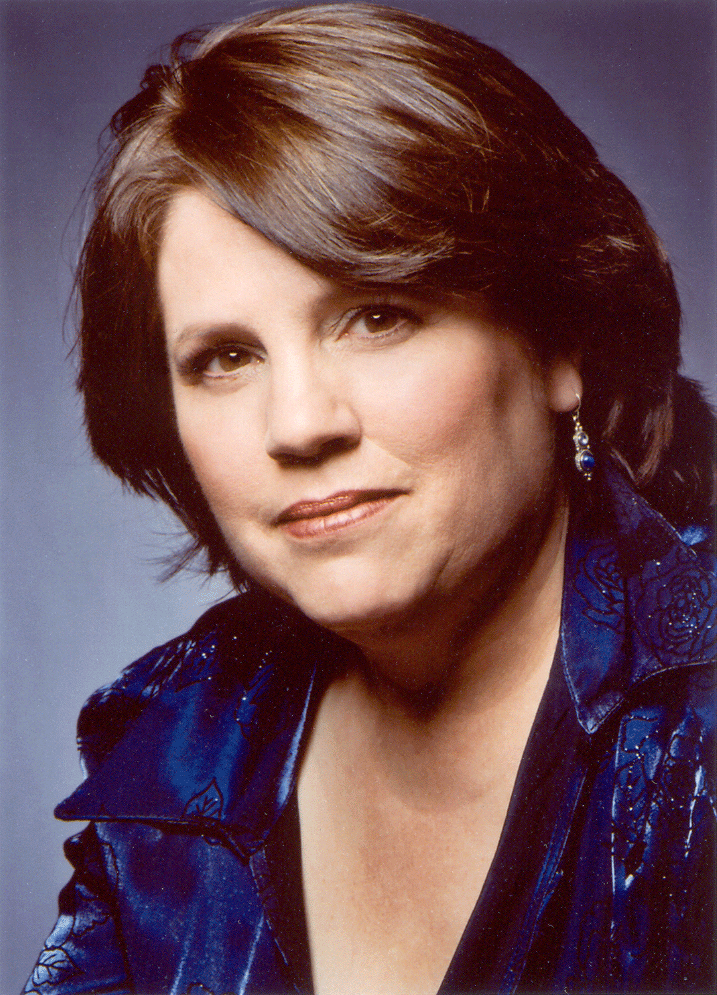
|
|
|
WHAT IS AN ART SONG?
Copyright © 2021 Amelia Seyssel
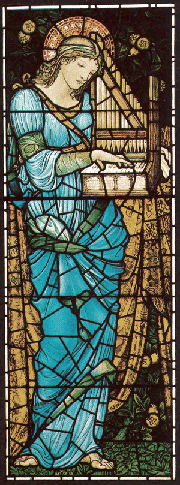
WHAT IT IS NOW...An Art Song is a composition for solo voice that is based on a poetic text and usually, but not always, accompanied by piano. Its purpose is to enhance the text in a meaningful way. John Duke called it that "strange and marvelous chemistry of words and music." Pierre Bernac referred to it as a "vehicle of perfectly matched musical and poetic expression" where the "sonority and the rhythm of the words are an integral part of the music itself." A composer draws from the inherent musicality of the poetic text and, based on his or her own interpretation of the meaning, attempts to create in a short space of time an occasion where the meaning of the poem is readily apparent through the musical setting. At its best, there is a joining so complete that after hearing it one cannot ever again imagine the poetry without the music or the music without the poetry. The music automatically creates a mood, or an understanding of intent, that enhances the poetic text, sometimes subtly, sometimes blatantly ... but always intending to convey to the listener the composer's understanding of the poetical meaning. When the music does indeed capture the spirit of the poetical intent, it is a most felicitous joining. |
WHERE IT CAME FROM...The Song is the oldest musical form and is found in every culture, in every place and in every time. There are folk songs everywhere and in every language, most of them of great beauty and many of great wit. In our Western cultural tradition before the 14th century there was clearly a great body of song, unwritten or written in ways that we cannot reasonably decipher today, going back into antiquity. Preserved remnants of that great body exist today: a Latin love song, "O admirabile Veneris idolum" (10th C.), a lament for the death of Charlemagne (814) and a great body of Latin songs from the 12th and 13th centuries, the Carmina burana, that were retooled in a modern setting by Carl Orff. 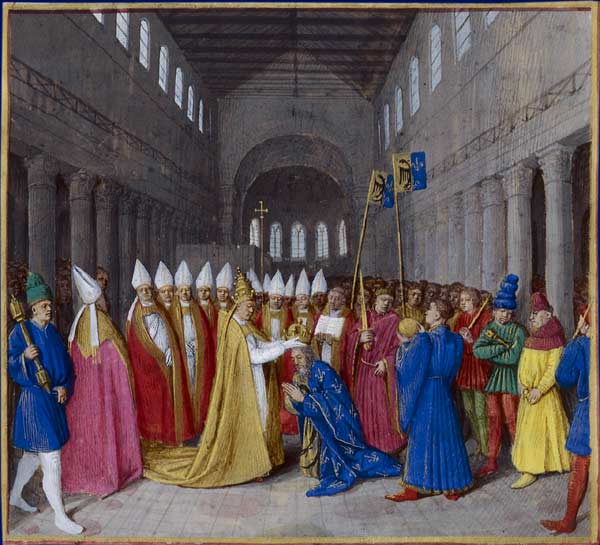
Vocal music in the Western tradition is essentially unlike that of any other culture. No other culture has so especially valued the work of past composers; consequently, no other culture has such an extensive history of vocal music to draw from. The Western development of music notation allowed composers to preserve their compositions with increasingly more and more exactitude, so that by the 19th century, the emphasis for the performer had become that of interpretation rather than improvisation. It is at the heart of the Western art song form that it is specifically a 'written' form; and it is significant that notation of secular songs blossomed with the advent of music publishing via the printing press in 1481. A great flowering of song occurred during the 12th century beginning with the French troubadours and trouvères, and continuing with the German minnesingers and Meistersinger tradition. Many of these songs were unaccompanied; but by the 14th century, accompanied songs began to predominate. By the 15th century, we find an abundant trove of solo accompanied song throughout Europe. At first, accompaniment took the form of an ensemble including whatever instrumentation was on hand, the accompanying 'parts' often taken by a combination of viols, recorders and sometimes by other singers, turning it into a part-song; but by the 16th century, the lute became the accompaniment instrument of choice. John Dowland, an Englishman, traveled widely and performed his lute songs (ayres) all across Europe and the French developed a similar form called the air de cour (courtly airs). Publishers recognized the possibilities of a new market for songs and began publishing songbooks with the vocal line in ordinary staff notation and the accompaniment in tablature notation for the lute. As with the modern art song, it was the essence of these songs to serve as vehicles for the artistic joining of musical and poetical expression. As the popularity of the lute gave way to the harpsichord, continuo songs appeared - solo song accompanied by basso continuo (cello and, usually, harpsichord). Eventually, with the development of the modern piano, the Western art song took its current form, a form in which solo voice and piano play a predominant, though not exclusive, role. Before the 16th century, to a great extent it can be said that the text was conceived as a servant ofthe music. This concept is illustrated by the common acceptance of the practice of performing vocal music in whatever form was readily at hand, whether it be solo, ensemble, or even instruments alone without the voice. The text may have inspired the music, but the resultant music was not dependent on the text for its performance; the two elements were separable. The roots of the modern art song lie in the fundamental change that took place gradually towards the end of the 16th century. Text became no longer secondary, but instead the reason for the song's existence. Music became the means to interpret and declaim the text. 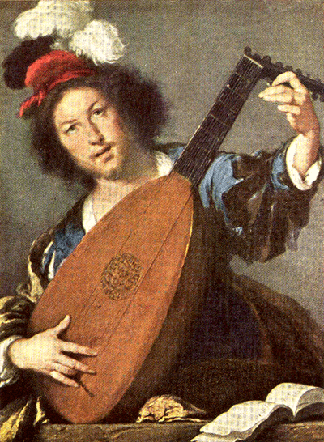
John Dowland's lute songs are one of the first expressions of this change along with the development of Italian monody at about 1600. The English ayre blossomed with the Lute Song composers and developed in the late 17th century into Purcell's continuo songs which in turn were an inspiration to later 20th century composer Benjamin Britten. German songs (lieder) of the 17th century also followed the dictum stressing textual interpretation and eventually gave birth to the 19th century Lied (song) composers including Schubert, Schumann and Brahms. By the 19th century, France developed it's own form of 'wedded' poetry and music, the mélodie, with its focus on the more subtle aspects of the text, eminently interpreted by composers like Fauré and Debussy. The United States also saw a flowering of art song in the 19th century, first modeled on the European forms, but gradually taking on its own distinctive style. 
An important 19th century development has also had long reaching effects on the modern art song. Reflecting the worldwide tendencies toward nationalism, composers began searching for a means of expressing a national 'style' in their music and turned to their native folk music to uncover a whole new impetus for composition. The art song took on a new life and character with artistic 'settings' of folk songs as well as settings of poetry that highlight a truly national style and color. Today the Western art song, a unique contribution to world culture, continues to develop. Although song recitals were out of fashion for many years, there is new impetus in the musical community to return to the unique ambiance of a live interpretive performance. More and more compositions and composers are being 'revisited' by performance artists and more and more art songs are being composed. Additionally, the music publishing industry is becoming more atuned and willing to take a chance on publishing 'living composers' as well as the proven (and more financially lucrative) compositions. Consequently recitals are appearing on performance calendars with increasingly more varied and interesting song repertoire. It is a living art form with a rich and vibrant history that attracts non-Western performers and composers as well as those culturally rooted in the Western tradition. Copyright © 2021 Amelia Seyssel |